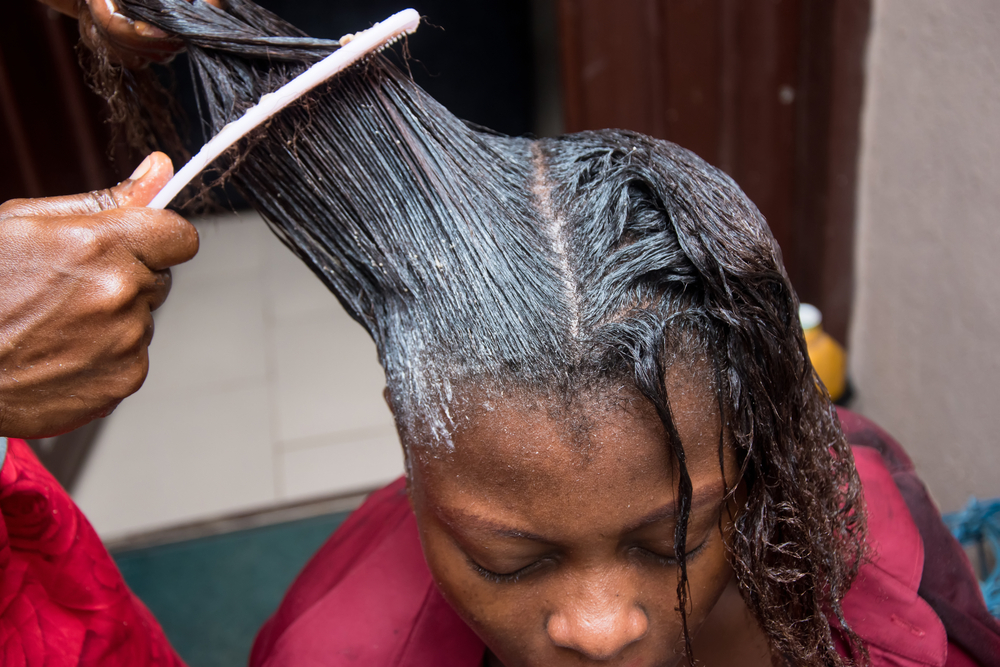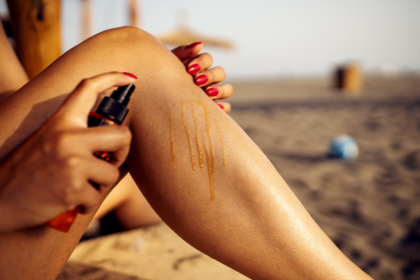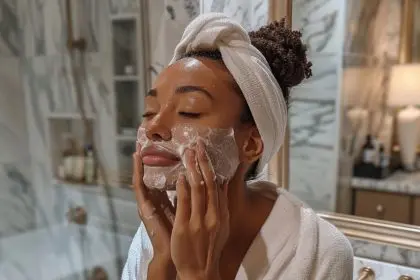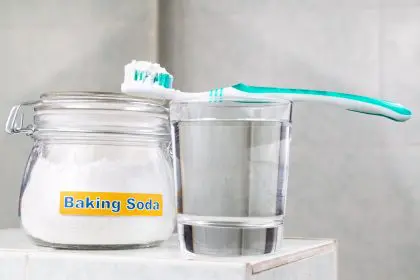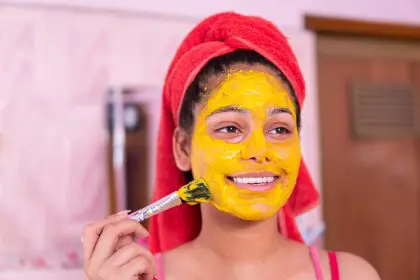Love the smooth, straight look of chemically relaxed hair but hate dealing with constant breakage and dryness? You’re definitely not alone in this struggle. Relaxed hair is basically high-maintenance royalty that demands special treatment, and most people are unknowingly sabotaging their strands by treating them like regular hair.
The relaxing process fundamentally changes your hair’s structure, breaking down the bonds that give it natural strength and flexibility. This leaves you with gorgeous straight hair that’s also more vulnerable to damage, dryness, and breakage than your natural texture ever was. Think of it like having beautiful but delicate silk instead of sturdy cotton – it needs completely different care to stay looking amazing.
The good news is that with the right approach, relaxed hair can absolutely thrive and grow long and healthy. You just need to understand what your chemically processed strands actually need and be willing to adjust your routine accordingly.
Stop rushing back to the salon chair
One of the biggest mistakes people make with relaxed hair is getting touch-ups too frequently. Your scalp and previously relaxed hair need time to recover between chemical processes. Waiting eight to 12 weeks between relaxer applications gives your new growth time to come in while preventing the dreaded overlapping that causes serious thinning and breakage.
Overlapping happens when new relaxer touches previously processed hair, essentially double-processing those sections and making them extremely fragile. This is why so many people notice their hair getting thinner over time despite regular salon visits. Stretching your relaxers longer might mean dealing with some texture contrast, but it’s infinitely better than dealing with damaged, breaking hair.
Learning to work with your new growth during those longer stretches becomes a valuable skill. Protective styles, gentle brushing techniques, and strategic product application can help you manage different textures without compromising your hair’s health.
Moisture becomes your hair’s best friend
Relaxed hair is perpetually thirsty because the chemical process strips away natural oils and damages the hair’s ability to retain moisture. Daily moisturizing isn’t optional – it’s absolutely essential for preventing breakage and maintaining any length you manage to grow.
Water-based leave-in conditioners work best because they actually hydrate your hair rather than just sitting on top of it. Follow up with a lightweight oil to seal that moisture in and create a protective barrier. Your ends need extra attention since they’re the oldest, most processed part of your hair and typically the first to show signs of damage.
The key is finding products that provide deep hydration without weighing your hair down or making it look greasy. This often requires some experimentation to find the right combination for your specific hair needs.
Your pillowcase is secretly destroying your progress
Cotton pillowcases create friction that can literally break your fragile relaxed strands while you sleep. Switching to satin or silk scarves, bonnets, or pillowcases reduces this friction dramatically and helps your hair retain the moisture you’ve worked so hard to get into it.
This simple change can make a huge difference in how your hair looks and feels in the morning. Instead of waking up with dry, tangled hair that needs extensive manipulation to look decent, you’ll find your styles last longer and your hair feels softer.
Heat styling needs serious boundaries
Your relaxed hair has already been through one major chemical process, so adding frequent heat styling on top of that is like asking for trouble. Limit heat tools to once a week maximum, and always use a quality heat protectant to create a barrier between your hair and the damaging temperatures.
Explore heatless styling options that can give you variety without compromising your hair’s integrity. Roller sets, braid-outs, twist-outs, and protective updos can keep your look fresh while giving your hair a break from thermal damage.
When you do use heat, keep temperatures moderate and move quickly through each section to minimize exposure time.
Balance is everything with protein treatments
Relaxed hair needs protein to maintain its structural integrity, but too much protein can make your hair brittle and prone to snapping. Finding the right balance between protein and moisture treatments is crucial for maintaining healthy relaxed hair.
Incorporate protein treatments every four to six weeks, but always follow up with a deep moisturizing treatment to keep your hair soft and flexible. Pay attention to how your hair responds – if it starts feeling stiff or breaking more easily, you may be overdoing the protein.
Regular deep conditioning treatments should be non-negotiable in your routine. At least once a week, give your hair the intensive moisture treatment it needs to stay healthy and manageable. Look for products specifically formulated for chemically processed hair, as these typically have the right combination of ingredients to address your hair’s unique needs.
The bottom line is that relaxed hair can absolutely be healthy and beautiful, but only if you’re willing to give it the specialized care it requires. Consistency, patience, and the right products make all the difference between thriving relaxed hair and constantly dealing with breakage and damage.

